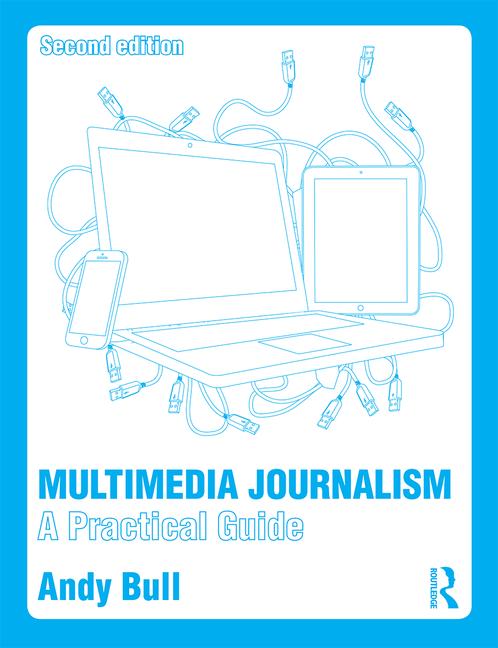Thursday 26 November 2009
Friday 20 November 2009
Making social media manageable: One click posting to Twitter, Facebook, Blogger, YouTube, Flickr, Delicious and more
Social media takes a time. A lot of time if you want to do it well, and on a range of platforms.
So how helpful would it be if you could get one-click posting that sent your multimedia content to a wide range of platforms?
Over the past week I’ve been trying out Posterous, http://posterous.com a tool that promises to do just that.
Posterous acts as a distribution centre. Post once to it via an email and your content is sent on to all the other platforms you have indicated you want to post to: Twitter, Facebook, Flickr, YouTube, Vimeo, blogs on networks including Blogger and WordPress, Delicious, FriendFeed and more.
So you send Posterous an email and, depending on what platform it is posting your content on to, the subject line becomes your heading, the body of the email your text, links are converted into Posterous’s own post.ly shortform, and video -- via links or html – is embed on each appropriate platform. They say you can attach any type of file and they'll post it along with the text of your email: photos, MP3s, documents and video as either links or files.
You also get, at the heart of all this, your own Posterous blog, which might be more appropriate for individual bloggers within a company than for presenting the overall title or brand. That blog also presents your profile and offers links to your content on all the other platforms Posterous is distributing to on your behalf.
So how well does it work? Mostly, pretty well. The tweets are fine. The Facebook content brings heading, short text and image together smoothly.
I found it didn’t always file seamlessly to YouTube, and not all my posts went to Delicious for some reason, or to Flickr. Also, it doesn’t seem to like html code for embedding video into my Blogger blog; it prefers a link. Oh, and the promised post.ly url shortforms don’t seem to appear for me.
But, to be fair, I haven’t been exhaustive in my exploration of how to fine-tune Posterous, so there may well be quick fixes for these glitches.
You don’t have to file to all platforms all of the time. You can use tailored email addresses to specify to Posterous what platforms you want to post to, and you can always go into your Posterous blog and edit the content you have posted if something has gone wrong. Here’s mine: http://andybull.posterous.com/
Mashable did a comparison of Posterous and Tumblr http://mashable.com/2009/06/29/posterous-vs-tumblr/ and Posterous came out well. Mashable concluded: “We’re so much in love with the anytime, everywhere model that Posterous supports for blogging, lifestreaming, photo sharing, and video and audio posting. There’s just too much good stuff there to ignore.”
I’d agree with that. Certainly journalists and publishers are going to need tools like this if we are to make social media work for us.
Now, to see how things go, I shall file this post via email, with screen grabs as attachments, and see how it is rendered. There should be grabs with thsi post of my Posterous blog plus posts sent via Posterous to Twitter, Facebook, Blogger and Friendfeed. If you follow the link to my Posterous http://andybull.posterous.com/ you can follow on to the other platforms and see how things look.
Wednesday 18 November 2009
Forrester on how consumers might pay for online content
No surprise that Forrester finds 80 per cent won't pay for online conent, but interesting results when they ask the other 20 per cent what payment model might work for them.
That throws up a wide range of pereferences
Forrester's blog says the data suggests two things:
- Publishers should continue to offer free, ad-supported products to the 80% of consumers who won't pay for content online; and
- Publishers should offer consumers a choice of multichannel subscriptions, single-channel subscriptions, and micropayments for premium product access.
Forester concludes: "There's no one delivery platform, and no one pricing model, that will satisfy all consumers. Consumer willingness to pay is so modest — and, in general, we find it tends to over-report in surveys — that publishers need to be extremely flexible to accommodate the needs of these precious customers.
Full report here: http://blogs.forrester.com/consumer_product_strategy/2009/11/new-forrester-report-consumers-weigh-in-on-paying-for-content.html
Tuesday 17 November 2009
Monday 16 November 2009
Agencies not using social media well
Sunday 15 November 2009
How Ford does social media
Zero'>http://vimeo.com/6799644">Zero to 60: Ford’s Social Media Story, by Scott Monty; presented by GasPedal and the Social Media Business Council from GasPedal'>http://vimeo.com/gaspedal">GasPedal on Vimeo'>http://vimeo.com">Vimeo.
How McDonalds does social media
Collaboration'>http://vimeo.com/6677308">Collaboration 2.0, by Heather Oldani and Steve Wilson; presented by GasPedal and the Social Media Business Council from GasPedal'>http://vimeo.com/gaspedal">GasPedal on Vimeo'>http://vimeo.com">Vimeo.







